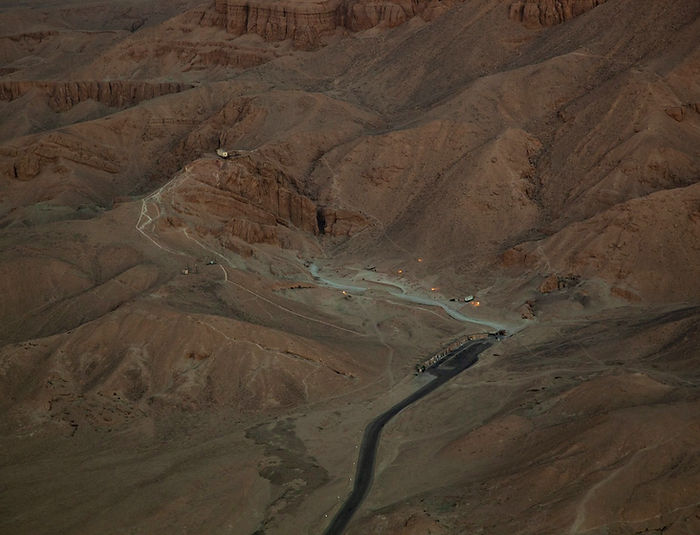
Queens' Valley
Ta Set Neferu
The meaning of the Pharaonic name of the Valley – Ta Set Neferu – is subject to different interpretations. According to Leblanc, Ta Set Neferu has the meaning ‘the Place of the Royal Children’ (T3 St Nfrw: nfrw in the context of msw nswt ‘Royal Children’ and in a wider sense ‘of the Royal Harim’) (Leblanc 1999b, 833). The name is attested by a series of documents (papyrus, ostraca, stelae, etc.) of the Ramesside period, though the site was already used for burials at least from the 18th Dynasty onward. In Arabic, various toponyms have been used: ‘Biban el Hajj Ahmed’ (the Doors of the Pilgrim Ahmed), ‘Biban el-Sultanat’ (the Doors of the Sultanas), ‘Biban el-Banat’ (the Doors of the Daughters), ‘Biban el-Harim’ (the Doors of the Women) and, lastly, ‘Biban el-Melekat’ or ‘Wadi el-Melekat’ (the Doors, or the Valley, of the Queens, the latter being most commonly used in recent years). Other scholars translate Ta Set Neferu as ‘The Place of Beauty,’ nfrw being given the meaning of ‘beauty’ or ‘perfection,’ based on the documented use of the name in the Ramesside period when the Valley was used primarily for burial of royal women, many of whom were not themselves ‘royal children.’ (Leblanc 1989a, 14f; McCarthy 2011, 2-3; Thomas 1966, 208).
Valley of the Queens Assessment Report, August 2012







